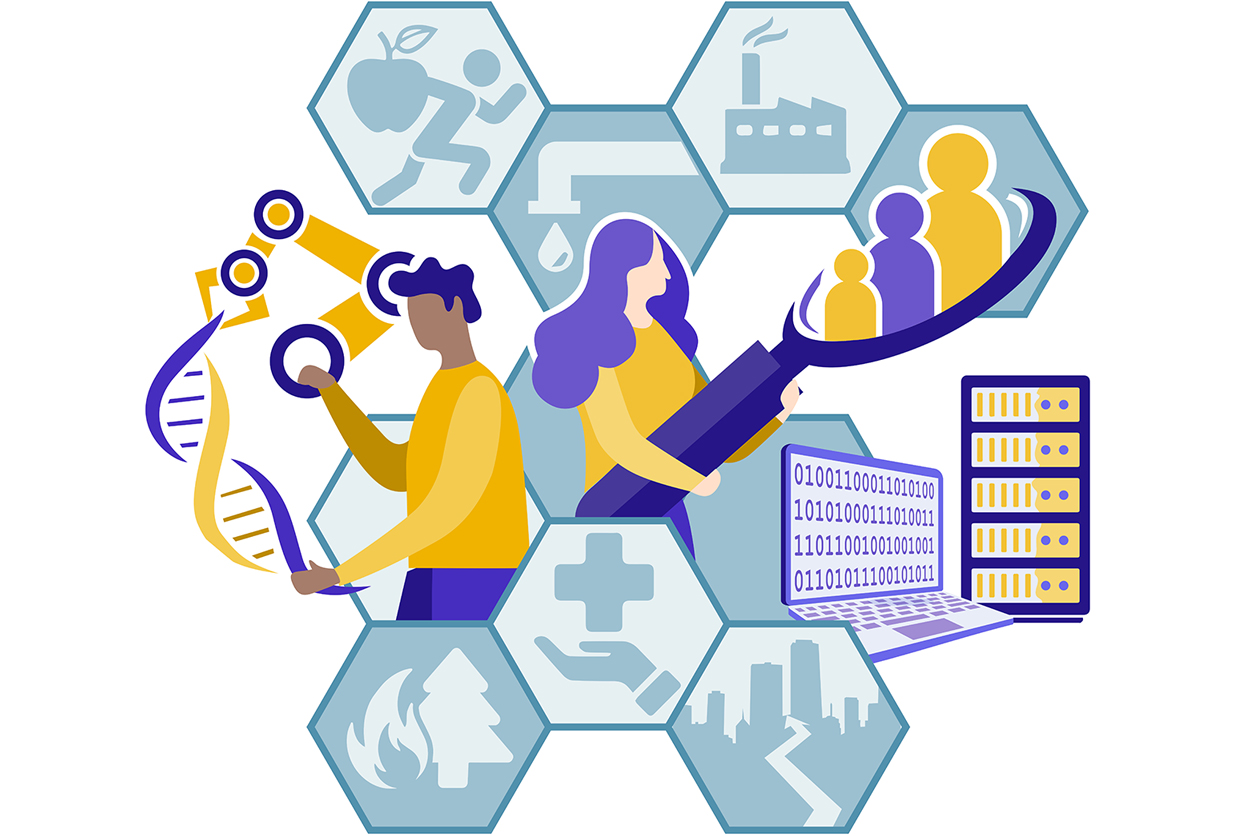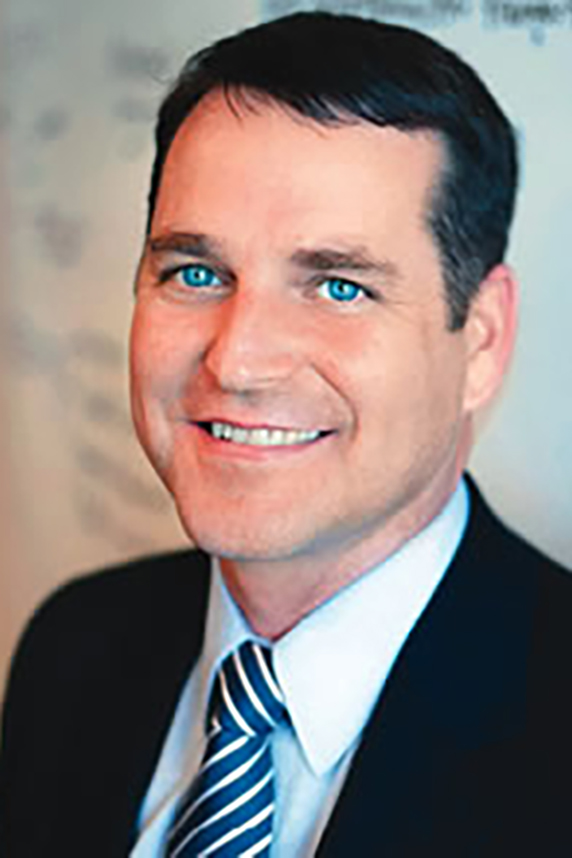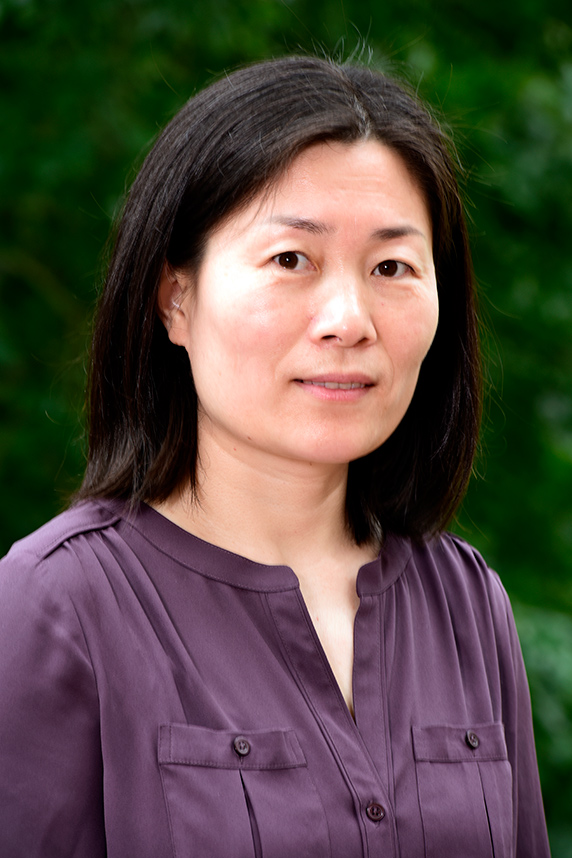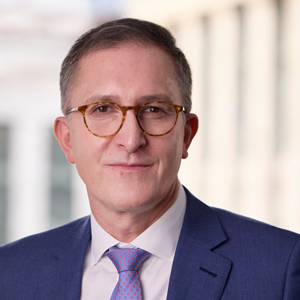An exposomics summit was held by NIEHS Sept. 14-16, building on a recent series of workshops hosted by the institute. Experts gathered to brainstorm how knowledge of the exposome, or the totality of our environmental exposures, can be integrated throughout health and disease research. The goal is to advance precision environmental health, participants noted.
 The exposome is the totality of exposures a person encounters over the life course. (Graphic courtesy of OCPL / NIEHS)
The exposome is the totality of exposures a person encounters over the life course. (Graphic courtesy of OCPL / NIEHS)A scientific community of more than 400 individuals identified 64 “issues” that make up the landscape of exposomics. They then voted on which issues to prioritize. This work provided a rich foundation for strategic planning at the summit.
To enable exposomics research in support of precision environmental health and precision medicine, four immediate action steps were developed by participants.
- Establish a community of practice.
- Exposome-wide association study for etiology and disease.
- Develop interventions at the intersection of nutrition, pharmacology, and toxicity.
- Support for community-level exposomics to address health disparities.
Community of practice
The first step, creating a community of practice, was discussed by Columbia University’s Gary Miller, Ph.D. He is an exposome expert who has called for a paradigm shift in environmental health sciences that expands knowledge about the multitude of exposures people experience.
Establishing an exposomics community of practice will involve creating a classification system that can be shared with researchers to help them differentiate an exposome study from one that is not. Perhaps more important, the classification system will help scientists better understand how the exposome framework can be applied to their research.
 Miller is the founding director of the NIEHS-funded HERCULES Exposome Research Center at Emory University, the first exposome-based research center in the U.S. He also authored the first book on the topic, The Exposome: A Primer. (Photo courtesy of Gary Miller)
Miller is the founding director of the NIEHS-funded HERCULES Exposome Research Center at Emory University, the first exposome-based research center in the U.S. He also authored the first book on the topic, The Exposome: A Primer. (Photo courtesy of Gary Miller)Miller often likens the exposome to breakthroughs in human genomics research in the early 2000s. Greater adoption of the exposome framework could be the paradigm shift that is needed to advance the environmental health sciences.
“We have these comparisons between exposomics and genomics,” said Miller. “It’s not that the science is the same — it’s all the obstacles each had to overcome, the teams they had to bring together. That is where we have this parallel.”
Miller pointed out that genomics is practiced across most of the institutes and centers that make up the National Institutes of Health (NIH).
“There is still an institute that focuses solely on the genome [National Human Genome Research Institute], and like NIEHS has many other things in the portfolio. From an exposomics standpoint, NIEHS should play that role, and as other institutes integrate exposomics, the knowledge and the know-how comes from NIEHS.”
Working across disciplines
It is no easy task to take such a far-reaching concept and distill it down to action steps across the spectrum of health and disease research.
“Different people have different perspectives regarding how the exposome fits into their research,” said Yuxia Cui, Ph.D., health scientist administrator in the NIEHS Exposure, Response, and Technology Branch, and co-organizer of the event. “The open space meeting format allowed us to see each other’s perspectives.”
 Cui co-organized the workshop series titled “Accelerating Precision Environmental Health: Demonstrating the Value of the Exposome” and the recent exposome summit, alongside Balshaw and Bennett. (Photo courtesy of Steve McCaw / NIEHS) (Photo courtesy of Steve McCaw / NIEHS)
Cui co-organized the workshop series titled “Accelerating Precision Environmental Health: Demonstrating the Value of the Exposome” and the recent exposome summit, alongside Balshaw and Bennett. (Photo courtesy of Steve McCaw / NIEHS) (Photo courtesy of Steve McCaw / NIEHS)The meeting format also enabled attendees to work within and across research areas and specialties, which going forward will aid in action steps like the development of interventions at the intersection of nutrition, pharmacology, and toxicity.
“I hope more people will realize exposomics is not just more measurements, or bigger data,” said Yuxia. “It is the meaningful combination of multidisciplinary approaches and expertise that enables more precise understanding of health and disease. We had a lot of discussions at the summit on bringing diverse expertise to a collaborative research team.”
For example, Jeanette Stingone, Ph.D., mentioned one emerging concept from the summit was community-level exposomics, which can be defined in a number of ways, from geographic to occupational communities.
Support for community-level exposomics to address health disparities is an actionable next step, according to Stingone.
“Can we apply exposomics for precision public health?” she asked. “Can we use exposomics to target population-level interventions in the same way that exposomics is being used, or could be used, for precision medicine or precision environmental health?”
Implementing the exposome
“So now comes the time that it’s not just words,” said David Balshaw, Ph.D., acting director of the Division of Extramural Research and Training, at the conclusion of the summit. “It is time for an actual commitment to do something. We need people to take on the responsibility — to take these ideas and turn them into actions, and to make a commitment to continue this effort.”
Those interested in joining the conversation can find more information in this LinkedIn group.
(Jennifer Harker, Ph.D., is a technical writer-editor in the NIEHS Office of Communications and Public Liaison.)









